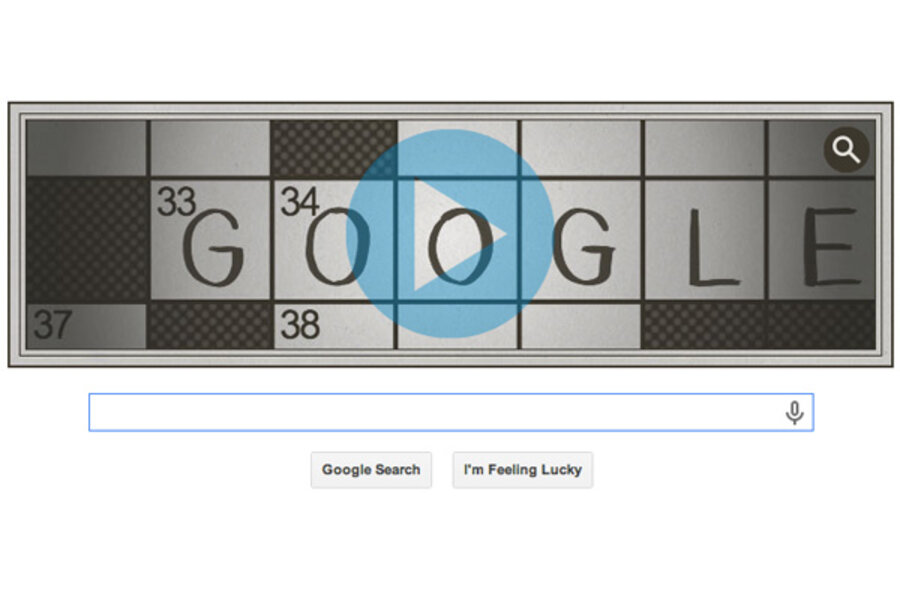Crossword inventor honored with puzzling Google doodle
Loading...
For millions around the world, the best part of the morning paper is past the headlines and sports section and straight to the back page: the crossword puzzle.
Today, even the word-wary can get in on the fun, thanks to a journalist who needed to fill extra space in the entertainment section of the New York World newspaper, and one of the biggest tech companies in the world. Google honored crossword puzzle inventor Arthur Wynne on Friday, with an interactive Google Doodle that honors the first-ever crossword puzzle, published on this weekend in 1913.
Back then, Wynne was working as a journalist at the New York World newspaper in New York City. His editor asked him to fill in an extra square section of space with a game. Wynne remembered a game he used to play as a child called “Magic Squares” in which a group of words had to be arranged so they read the same way up and down, and across. Instead of replicating this exactly, he created a diamond-shaped, numbered grid with corresponding clues (see his first puzzle here). Initially it was called “word-cross” but eventually morphed into “crossword.”
Crossword historian Merl Reagle describes it to The Washington Post as “a diamond-shaped grid with numbered squares and numbered clues. It contained 32 words, and his simple instruction read: ‘Fill in the small squares with words which agree with the following definitions.’ ”
From there, the crossword spread to the back pages of nearly every major newspaper across the United States. Wynne continued to tweak the design, and began including black squares for blank spaces and innovated square, horizontal, and vertical puzzles. The trend had even spread back to his home country – Britain's Pearson’s Magazine published its first crossword puzzle in 1930.
Though popular, it wasn’t always taken seriously – The New York Times called the puzzles “a temporary madness,” serving “no useful purpose whatsoever,” and an “epidemic” that would soon be over, but eventually hired Margaret P. Farrar, a former World secretary-turned-crossword puzzle connoisseur as the first Times crossword editor in 1942.
Now, the Times is known for having one of the premier crossword puzzles in the world, and its longtime crossword editor Will Shortz was the subject of the 2006 documentary “Wordplay.”
Wynne was born in 1871 in Liverpool, England, but immigrated to the United States at age 19. For a time before moving to New York, he worked at the Pittsburgh Post-Gazette and played violin for the Pittsburgh Symphony Orchestra. He died in Clearwater, Fla., in 1945.
Though he is credited with the invention of the crossword, puzzle historians say he never received a penny for his contributions. At least today, the Internet will know who first gave the clue to 2 across: “A written acknowledgement.”








